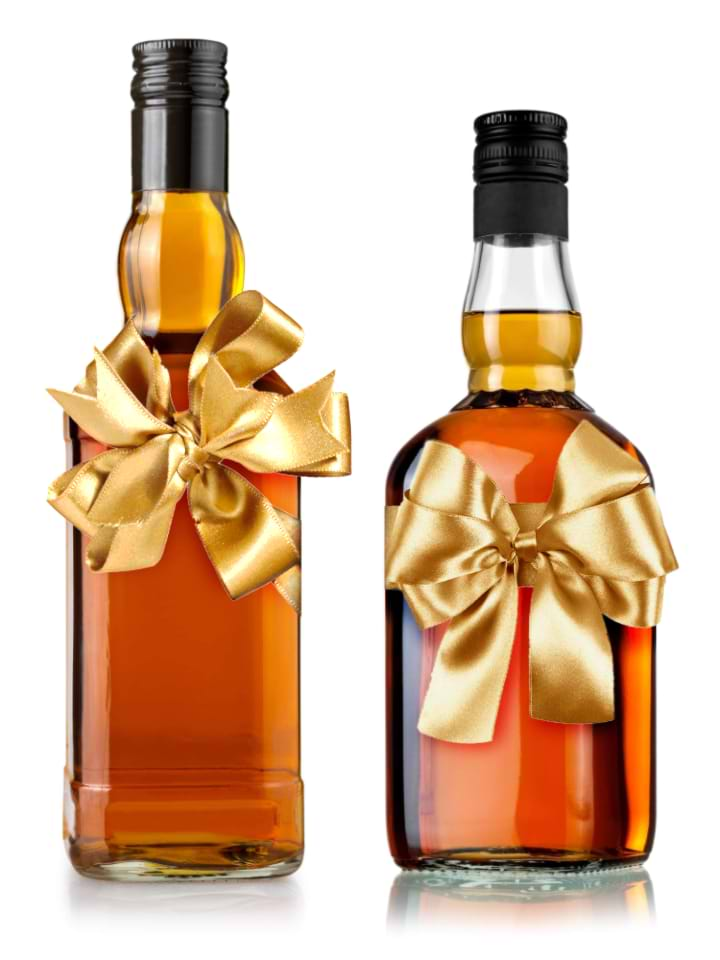
In honor of World Whisky Day, we’re taking a walk down memory lane to review the timeline and history of distilling, how whiskey came to be and how it evolved to be the whiskey, rye and bourbon we know and love today.
Editor’s note: some exact dates were forgotten and/or are inaccurate. We’ll blame the, ahem, whiskey.
2000 BC
The art of distillation was founded in ancient Mesopotamia (modern-day area covering Iraq and Syria) as a way to produce perfume.
100 AD
Ancient Greek Philosopher Alexander of Aphrodisias describes taking sea water and distilling it into pure drinking water, making this the first written record of distilling.
500-1000 AD
Distillation spreads to Europe where Christians use it for various ceremonies and to produce medicines for colic, palsy and smallpox.
1000-1200 AD
The origin of whiskey begins after distillation migrates from mainland Europe into Scotland and Ireland. The Scottish and Irish monasteries turn to fermenting grain mash (since the region was devoid of any vineyards or grapes), resulting in the first distillations of modern whisky (as the natives spell it).
1405
The word “whisky” first appears in the Irish Annals of Clonmacnoise, where it was written that the head of a clan died after “taking a surfeit (excessive amount) of aqua vitae (whisky)” at Christmas.
1600s
European colonists begin arriving in America bringing with them the practice of distilling whiskey.
1608
The Old Bushmills Distillery is licensed in Northern Ireland, and today holds the title of being the oldest licensed whiskey distillery in the world.
1707-1725
The English Malt Tax of 1725 seriously threatens the production of whisky. Scottish distilleries begin producing whisky at night, giving it one of its oldest (and finest) nicknames: moonshine.
1775-1783
Distillers start using whiskey as a currency during the American Revolutionary War. The first commercial distillery in America is founded in Louisville, Kentucky in 1783.
1791-1794
Whiskey Rebellion begins between grain farmers and the US government.
1798
George Washington starts producing whiskey at his Mt. Vernon distillery.
1823
Dr. James C. Crow develops the process that is referred to as sour mash. This revolutionized the way in which bourbon is made, and is still a legal requirement of distillers when producing Tennessee whiskey.
1831
Irish inventor Aeneas Coffey develops and patents the Coffee still, which is a “continuous still” which allows manufacturers to produce whiskey more efficiently and at a lower cost.
1840
Old Bourbon County produces the first corn whiskey but it’s not until 1840 that it’s officially given the name “bourbon” after distiller Jacob Spears labels his product as “bourbon whiskey.”
1850
The first blended whiskey comes into production.
1920-1933
Prohibition era bans all production, sale and use of alcohol. This forces distillers to produce whiskey underground, with many of them going out of business and almost forcing the industry into extinction.
1941
WWII stops whiskey production because capital and grains were going toward the war effort.
1964
Bourbon hits the big time after American Congress declares bourbon whiskey the country’s official distilled spirit, or in other words, “America’s Native Spirit.”
1969
Whiskey sales decline as liquors like vodka become more popular.
1973
Vodka sales are higher than whiskey sales in the U.S. for the first time ever.
2004
The American Whiskey Trail is launched to promote operating distilleries in Kentucky, Tennessee, Pennsylvania, Virginia and New York.
2017-Today
Whiskey is experiencing a comeback due to craft beer, food and wine movements. New craft distilleries are opening every day! Whiskey clubs like RackHouse Whiskey Club partner with independent craft distilleries around the nation to bring their flavors and stories to your doorstep.









